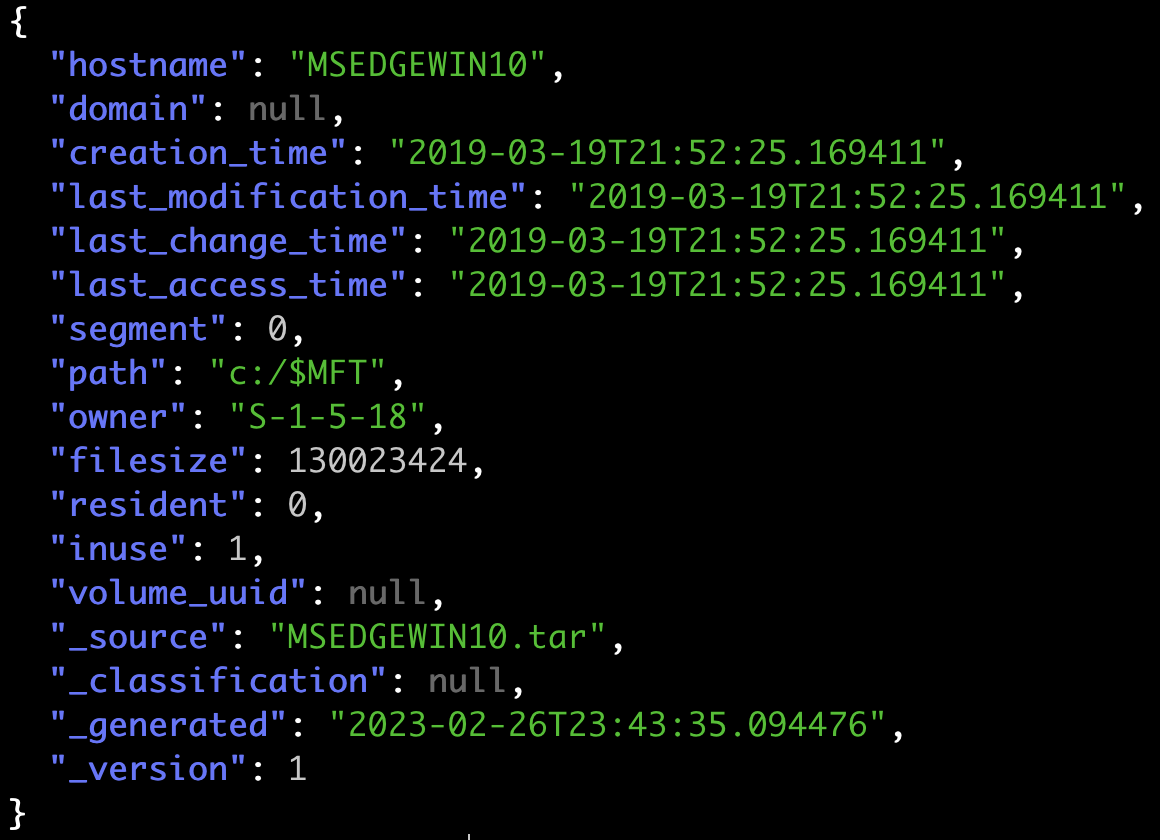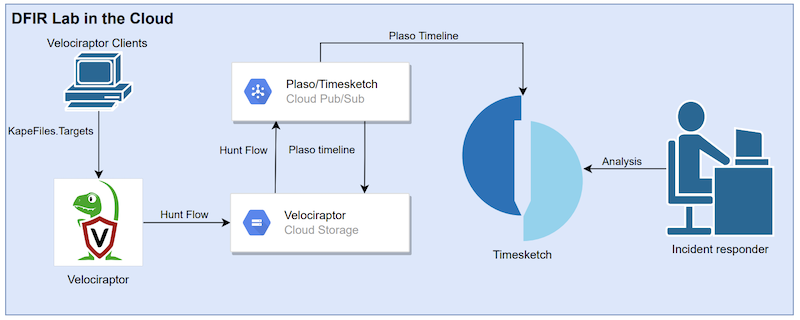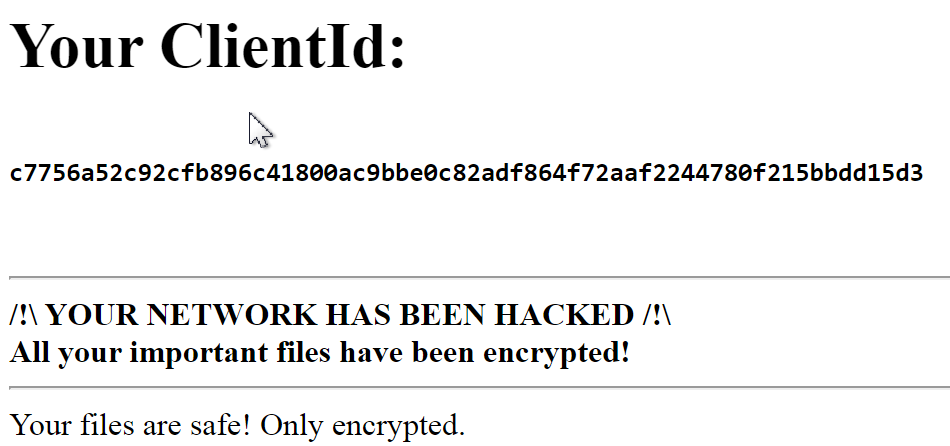Using Docker images from scratch
The last blog post about Docker was about using non-root Docker containers and why this is safer. This time I want to go a step further and explain what I think is one of the best Docker features called image FROM scratch. This feature allows creating a new empty layer in your image.
Instead of adding your application to for example a Ubuntu image that has the size of more than 50MB and contains almost a full Linux distribution without the Linux kernel. Most developers use Alpine images that are minimal but still contain unnecessary files and folders.
docker images
REPOSITORY TAG IMAGE ID CREATED SIZE
ubuntu 20.04 f63181f19b2f 11 months ago 72.9MB
alpine 3.15 c059bfaa849c 6 weeks ago 5.59MB
docker run -it --rm ubuntu:20.04 ls
bin boot dev etc home lib lib32 lib64 libx32 media mnt opt proc root run sbin srv sys tmp usr var
docker run -it --rm alpine:3.15 ls
bin etc lib mnt proc run srv tmp var dev home media opt root sbin sys usr
In this example, I will compare a minimal NGINX container with an NGINX container from scratch. But this can be done with any application. My preferred way of creating images is using the distribution Alpine which is minimal and if possible using a scratch layer that only contains the application, libraries and configuration files. If the application can be compiled statically libraries are not even needed.
Minimal
The official NGINX alpine image.
FROM nginx:alpine
# copy Nginx config files
COPY default.conf /etc/nginx/conf.d/
COPY nginx.conf /etc/nginx/
# set file permissions for nginx user
RUN chown -R nginx:nginx /var/cache/nginx /etc/nginx/
# switch to non-root user
USER nginx
CMD ["nginx", "-g", "daemon off;"]
From scratch
Before creating an image from scratch all the necessary files, libraries and configuration files need to be known. ldd is a tool that prints the shared libraries required by each program. Those libraries shown below are needed in the image from scratch.
docker run -it --rm -p 8080:8080 nginx:minimal /bin/sh
/ $ which nginx
/usr/sbin/nginx
/ $ ldd /usr/sbin/nginx
/lib/ld-musl-x86_64.so.1 (0x7f2bf1cfc000)
libpcre2-8.so.0 => /usr/lib/libpcre2-8.so.0 (0x7f2bf1b1a000)
libssl.so.1.1 => /lib/libssl.so.1.1 (0x7f2bf1a99000)
libcrypto.so.1.1 => /lib/libcrypto.so.1.1 (0x7f2bf1818000)
libz.so.1 => /lib/libz.so.1 (0x7f2bf17fe000)
libc.musl-x86_64.so.1 => /lib/ld-musl-x86_64.so.1 (0x7f2bf1cfc000)
The same NGINX is used as a base for the scratch image. By copying (COPY --from=base) files from the base layer to the scratch layer the image from scratch is created. The following can also be done with compiled and scripted programming languages. But to make it simple I used NGINX as an example.
FROM nginx:alpine as base
RUN chown -R nginx:nginx /var/cache/nginx /etc/nginx/
FROM scratch
COPY --from=base /etc/passwd /etc/passwd
copy --from=base [ \
"/lib/ld-musl-x86_64.so.1", \
"/lib/libssl.so.1.1", \
"/lib/libcrypto.so.1.1", \
"/lib/libz.so.1", \
"/lib/ld-musl-x86_64.so.1", \
"/lib/" \
]
copy --from=base ["/usr/lib/libpcre2-8.so.0", "/usr/lib/"]
copy --from=base ["/usr/sbin/nginx", "/usr/sbin/nginx"]
copy --from=base ["/var/log/nginx", "/var/log/nginx"]
copy --from=base ["/etc/nginx", "/etc/nginx"]
copy --from=base ["/usr/share/nginx/html/index.html", "/usr/share/nginx/html/index.html"]
COPY default.conf /etc/nginx/conf.d/
COPY nginx.conf /etc/nginx/
USER nginx
CMD ["/usr/sbin/nginx", "-g", "daemon off;"]
Comparing the size of the image shows that the image from scratch is only 5MB compared to 23MB with a minimal Alpine image. This makes it possible to deploy faster. This makes a huge difference with a Kubernetes cluster with hundreds of containers
docker images
REPOSITORY TAG IMAGE ID CREATED SIZE
nginx scratch 67df498a2d83 42 seconds ago 5.68MB
nginx minimal 51df82266e84 55 minutes ago 23.5MB
Security advice
The National Security Agency (NSA) and the Cybersecurity and Infrastructure Security Agency (CISA) released a Cybersecurity Technical Report Kubernetes Hardening Guidance. Which also contains advisories about images from scratch.
Building secure container images
Container images are usually created by either building a container from scratch or by building on top of an existing image pulled from a repository. In addition to using trusted repositories to build containers, image scanning is key to ensuring deployed containers are secure. Throughout the container build workflow, images should be scanned to identify outdated libraries, known vulnerabilities, or misconfigurations, such as insecure ports or permissions. - Kubernetes Hardening Guidance
By using an image from scratch a container doesn’t include GTFOBins attackers can use when the container is compromised.
Immutable container file systems
By default, containers are permitted mostly unrestricted execution within their own context. A cyber actor who has gained execution in a container can create files, download scripts, and modify the application within the container. Kubernetes can lock down a container’s file system, thereby preventing many post-exploitation activities. However, these limitations also affect legitimate container applications and can potentially result in crashes or anomalous behavior. To prevent damaging legitimate applications, Kubernetes administrators can mount secondary read/write file systems for specific directories where applications require write access. Appendix B: Example deployment template for read-only filesystem shows an example immutable container with a writable directory. - Kubernetes Hardening Guidance
The use of a read-only file system makes it harder for an attacker to use the file system as a playground.
Besides the security advantages, I don’t understand this feature is not used more in the Docker community, because it shows what Docker is good at. Using a tool that make it easier to package an application in a container without the need for other tools. By using an image from scratch the Docker container can be used like an executable with configuration files. Instead of a container with a full Linux distribution (overhead) without Linux kernel.
Appendix
The used NGINX configuration.
The temporary paths use /dev/shm instead of /var/cache/nginx to make it possible to use a read-only file system.
/etc/nginx/nginx.conf
cat nginx.conf
user nginx;
worker_processes auto;
error_log /var/log/nginx/error.log warn;
pid /dev/shm/nginx.pid;
events {
worker_connections 1024;
}
http {
include /etc/nginx/mime.types;
default_type application/octet-stream;
log_format main '$remote_addr - $remote_user [$time_local] "$request" '
'$status $body_bytes_sent "$http_referer" '
'"$http_user_agent" "$http_x_forwarded_for"';
access_log /var/log/nginx/access.log main;
sendfile on;
keepalive_timeout 65;
client_body_temp_path /dev/shm/client_temp;
proxy_temp_path /dev/shm/proxy_temp;
fastcgi_temp_path /dev/shm/fastcgi_temp;
uwsgi_temp_path /dev/shm/uwsgi_temp;
scgi_temp_path /dev/shm/scgi_temp;
include /etc/nginx/conf.d/*.conf;
}
/etc/nginx/conf.d/default.conf
server {
listen 8080;
server_name localhost;
location / {
root /usr/share/nginx/html;
index index.html index.htm;
}
error_page 500 502 503 504 /50x.html;
location = /50x.html {
root /usr/share/nginx/html;
}
}



